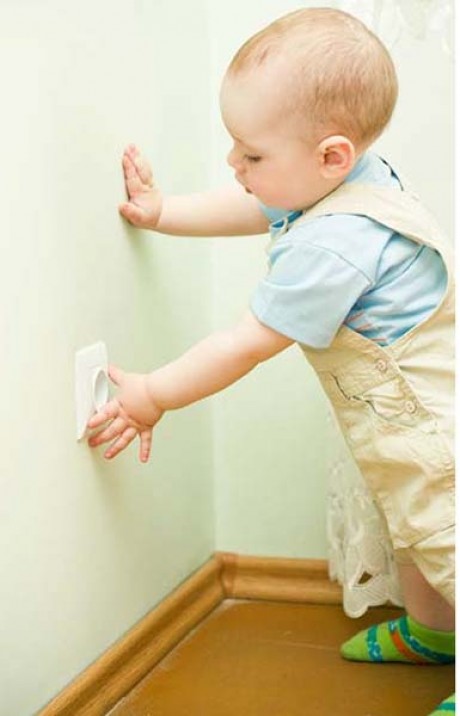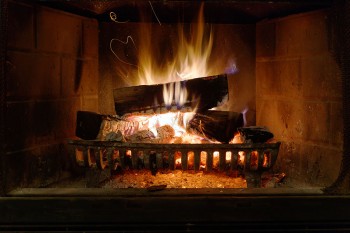What are tamper-resistant receptacles?
They may look like standard outlets, but tamper-resistant receptacles, or TRRs, are different. A built-in shutter system that prevents foreign objects from being inserted sets them apart. Only a plug that applies simultaneous, equal pressure to both slots will disengage the cover plates, allowing access to the contact points. Without this synchronized pressure, the cover plates remain closed.
In recent years, says Electrical Safety Foundation International, more homes have been equipping their electrical outlets with TRRs, but in many public facilities, like hospital pediatric wards, these safeguards have been required for more than 20 years. Their efficiency also prompted the National Electrical Code to make TRRs standard in all new home construction. Existing homes can be easily retrofitted with TRRs using the same installation guidelines that apply to standard receptacles. TRRs should only be installed by a licensed electrician and should carry a label from a nationally recognized, independent testing lab such as UL, ETL, or CSA.
TRRs by the numbers
- Each year 2,400 children suffer severe shock and burns resulting from inserting objects into the slots of electrical receptacles. That’s nearly seven children a day.
- It is estimated that 6–12 child fatalities annualy result from children tampering with electrical receptacles.
- Installing a TRR in a newly constructed home is only about 50 cents more than a traditional receptacle.
- Existing homes can be retrofitted with TRRs for as little as $2 per outlet.
-
Share this story:




